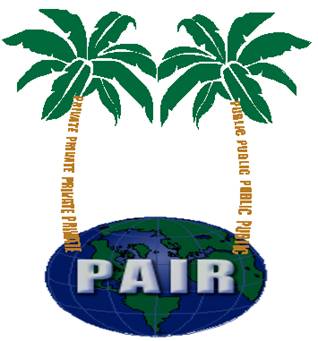Every country that gives protection to inventions - approximately 140 countries - does so through a system of patents. The word "patent" can be used - at least in some European languages - in two senses.
In the first of these, the word "patent" refers to the document or letters of patent. If an inventor (or the inventor's employer) thinks that an invention has been made, an application can be filed with the patent office in order to obtain a document that states what the invention is and who owns it. Generally, patent laws require that, the invention must be new, it must involve an inventive step (or must not be 'obvious'), and it must be industrially applicable. It is customary to distinguish between inventions that consist of products (a product patent for invention) and inventions that consist of processes (a process patent for invention).
The second sense of the word "patent" relates to the content of the protection that the patent confers. A patent is a right, granted by the Patent Office, to prevent others - without the owner of the patent's permission - carrying out the invention described in the patent document. These rights (i.e. the protection) are not described in the patent document. They are described in the patent law of the country that issued the patent. These rights, usually called exclusive rights of exploitation, normally consist of,
- For product patents for invention, the right to make, use, sell and import the product that includes the invention, and
- For process patents for invention, the right to use the process that includes the invention as well as the right to make, use, sell and import products made by the process devised in the invention.
.




















 Posted in:
Posted in: 





















